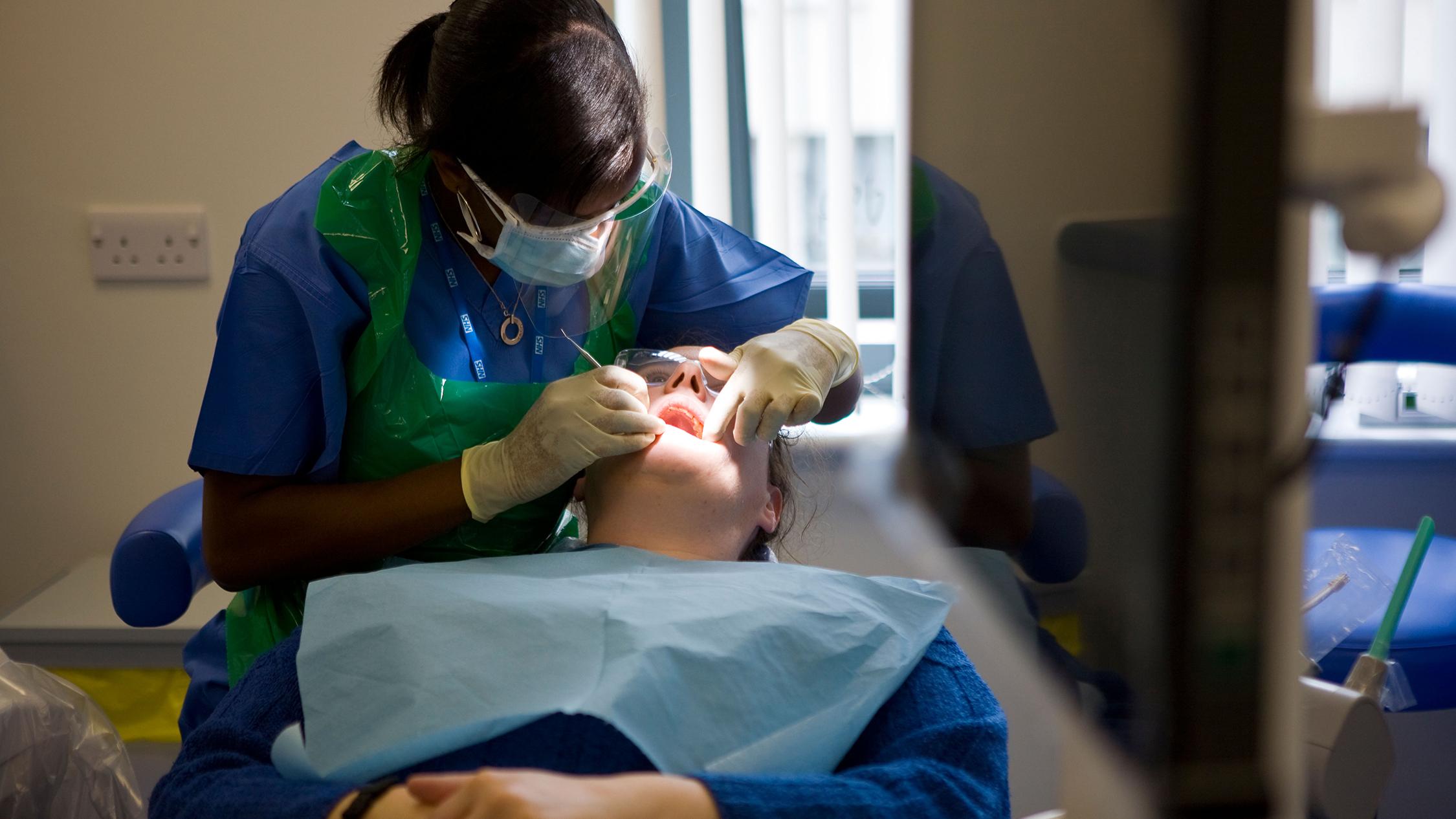Gum disease, also known as periodontal disease, is a serious oral health condition that affects the gums and the supporting structures of the teeth. If left untreated, it can lead to tooth loss and other serious health complications. Pflugerville Family Dentistry is a top-rated dental practice that provides comprehensive dental care for patients of all ages in a warm and welcoming environment.
In this article, we will discuss the causes of gum disease, ways to prevent it, and treatment options for those who have been diagnosed with the condition.
Causes of Gum Disease
Gum disease is caused by the buildup of plaque on the teeth. Plaque is a film of bacteria that forms on the teeth when food particles and bacteria mix in the mouth. If the plaque is not removed through regular brushing and flossing, it can harden into tartar, which can only be removed by a dental professional. The bacteria in plaque and tartar can cause inflammation and infection in the gums, leading to gum disease.
Risk factors for gum disease include smoking, poor oral hygiene, certain medical conditions (such as diabetes), and certain medications (such as birth control pills). People who have a family history of gum disease are also at a higher risk.
Preventing Gum Disease
The best way to prevent gum disease is to practice good oral hygiene. This includes brushing your teeth twice a day with a fluoride toothpaste, flossing once a day, and using an antiseptic mouthwash. It’s also important to have regular dental checkups and cleanings to remove any plaque or tartar that may have accumulated on the teeth.
Smoking is a major risk factor for gum disease and should be avoided or quit. You should also maintain a healthy diet that is low in sugar and acid to keep your teeth and gums healthy.
Treating Gum Disease
If you have been diagnosed with gum disease, your dentist or periodontist will develop a treatment plan that is tailored to your specific needs. The treatment options include:
- Scaling and Root Planing: This is a deep cleaning procedure that involves the removal of plaque and tartar from the teeth and the roots. This is done to smooth out the root surfaces, making it more difficult for bacteria to accumulate.
- Antibiotics: Antibiotics may be prescribed to help eliminate the infection in the gums. These can be applied directly to the gums or taken orally.
- Surgery: In some cases, surgery may be necessary to remove the infected tissue and/or to reshape the gums.
- Gum Grafting: If the gum disease has caused the gums to recede, a gum graft may be performed to cover the exposed roots of the teeth.
- Oral hygiene therapy: A set of instructions with the right steps and products to help maintain healthy gums and teeth, to be followed after scaling and root planing.
It’s important to note that gum disease is a chronic condition that requires ongoing treatment and maintenance. After the initial treatment, it’s essential to continue to practice good oral hygiene and to have regular checkups and cleanings to ensure that the disease does not progress.
Gum disease not only affects your oral health but also your overall health. Studies have shown a link between gum disease and an increased risk of heart disease, stroke, and other serious health conditions. By understanding the causes of gum disease, practicing good oral hygiene, and getting prompt treatment when needed, you can protect your teeth and gums and improve your overall health.









